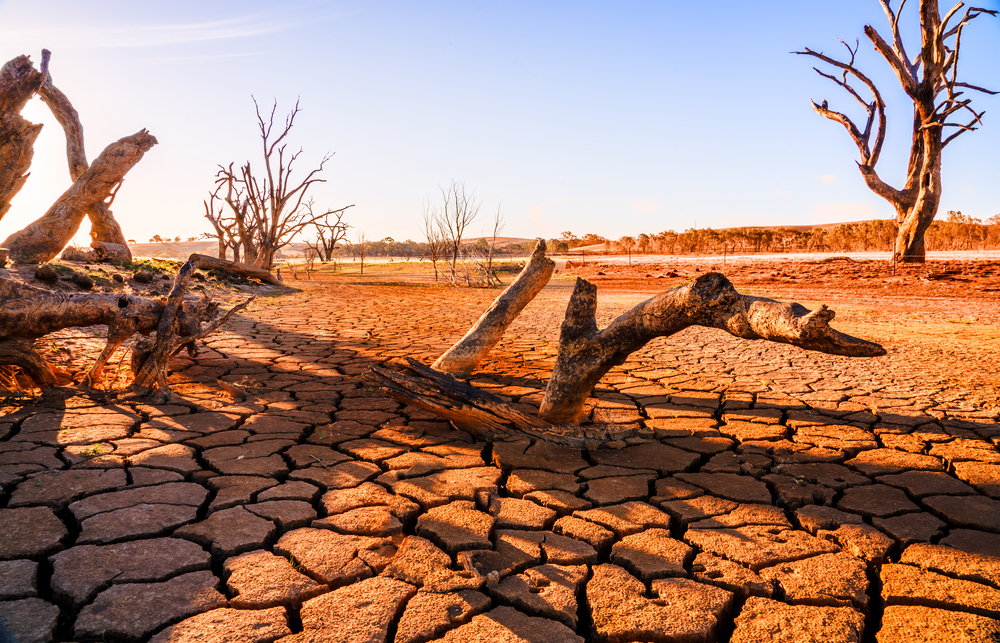Droughts are one of many natural hazards that affect Papua New Guinea, and it is during these times that water supply can become critically low. In 2015, the prolonged El Nino brought drought conditions into many parts of PNG affecting many of its rural communities who heavily depend on agriculture as a backbone survival.
Food gardens were damaged, water shortages were intensified and vulnerable populations were at high risk of malnutrition, faced with food insecurities and even employment was affected as companies and businesses had to stop operations, which also turned badly for the economy.
While all that is now in the past, it is always wise to learn from past experience and build a better prepared community to be resilient during such times.
Below are simple ways that can prepare you for drought conditions.
Ways you can save water during your daily tasks:
- Shower bucket: fetching a bucket to wash instead of using running water or if you prefer washing with running water then you could save water by cutting your shower time short.
- Turning off the tap while brushing your teeth/hands/plates etc
- Fix leaking pipes and taps
- Water plants during early mornings as it is during these times that less water evaporation takes place
- Fetch water in dishes/block sinks to wash dirty plates, cups and pots etc.
- Use less electricity: Power stations use thousands of gallons of water to cool, so reducing power usage contributes indirectly to you saving water
- Use dishwashers and washing machines only when it’s a full load
- Letting the grass in your yard grow to about 3 inches promotes water retention in the soil
- Water your loan only when it needs it. One way to tell is to stand on the grass to see if it bounces back up, if it doesn’t then it needs watering
- Use buckets and avoid running the hose when washing your car
- Create compost piles for your gardens and flower beds so they help to retain water in the soil. A good way to retain soil moisture is to heap fallen leaves under the plants in your yard
- ‘If its yellow let it mellow if it’s brown flush it down’: another way of water conservation in the house is to reduce the number of toilet flush. It is the idea of not flushing after urinating. The average person urinates about 6 times per day, equal to 7.6 gallons flushed, so to flush only when necessary, by that I mean a number 2 situation, you can save more water in the toilet
- Collect water you use to rinse vegetables, fruits etc, and reuse it in the garden for your plants
- Catch rain water and store them in containers with lids to use for outdoor activities such as washing your car, watering your plants etc.
- Cook food in ample water, avoiding over use of water when cooking
All in all, it goes back to simple common knowledge that has been practiced alongside the traditional methods of sustainability. Be wise and let common sense prevail.


